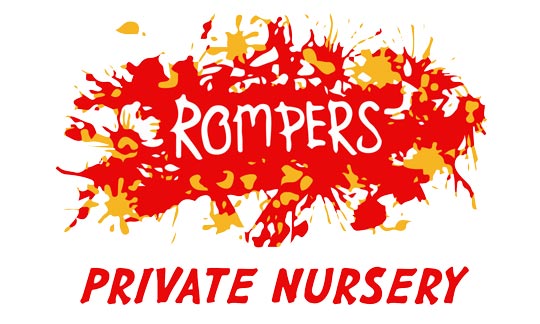Visuals for All
Within our setting, Rompers promotes the use of visuals for all children widely across our nursery environment.
Visuals are set in place for children to support the structures of the day-to-day nursery routines. These are simple pictures, symbols, drawings, or timetables that are shared to enable children to understand how to memorise or understand information more clearly.
At Rompers, our Health and Wellbeing Champion recently took part in a training session relating to “Visuals for All”.This training session focussed on the main aims of what visuals should be used for in early years settings.
These aims were to understand what visuals are, who uses them, what they are for, and how they can be implemented into our own setting here at Rompers.
Some key information as to why we should use visuals was shared at the training session.
- 3% learn through taste
- 3% learn through smell
- 6% learn through touch
- 13% learn through hearing
- 75% learn through sight.
Following on from the training session, this enabled us as a setting to focus on visuals further and how as a setting we can implement these into our practice to support the communication of all children.
The first development in our visual input into the setting was to provide visual timetables. All children have been introduced to the symbolic images relating to visuals, and from then on, the visual timetables were created.
This is primarily used within Preschool during key worker time, as this is where the key workers assist the children in identifying and choosing specific routines of the day with the use of relating images to support their understanding of choice and decision making.
Another aspect of visuals to develop further into our practice is the use of large visual cards to support the understanding that “Visuals stay, words go”. All children can use these cards when practitioners communicate with them to ask if they would like to take part in a certain task, for example- going outside, having snack, getting nappy changed.
These supports reducing the amount of adult prompts through language, but this will still be enforced if language interaction is required.
Around the setting, practitioners have explored our environment and how we can make it further more visual friendly. The addition of snack routines and hand washing routines in the Preschool room allow the children to visually identify orders and sequences of important routines and events that occur during our nursery day. Children can follow the instructions by looking at each step by step numbered visual to complete the routine. Children are confident in following the visual stages, and support is there from practitioners if vocal input is needed.
Over on our 0-3 side, visuals are embedded in terms of additions of story walls, and nursery rhyme walls, where visual images of certain stories and songs are observed for the children to view and is supportive to the children who benefit from visual learning rather than verbal engagement.
As we further develop our knowledge of visual inputs within the setting, we will look towards using visual timetables in the 0-3 side of the nursery, in due course.
